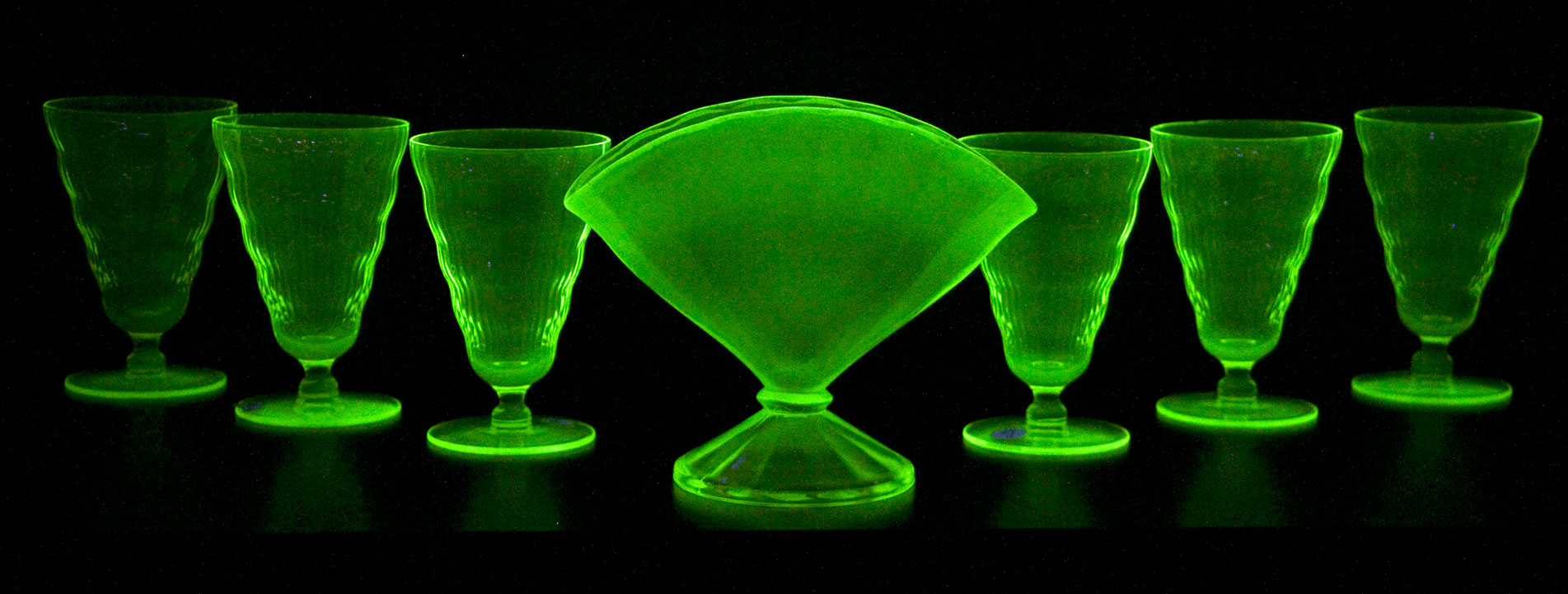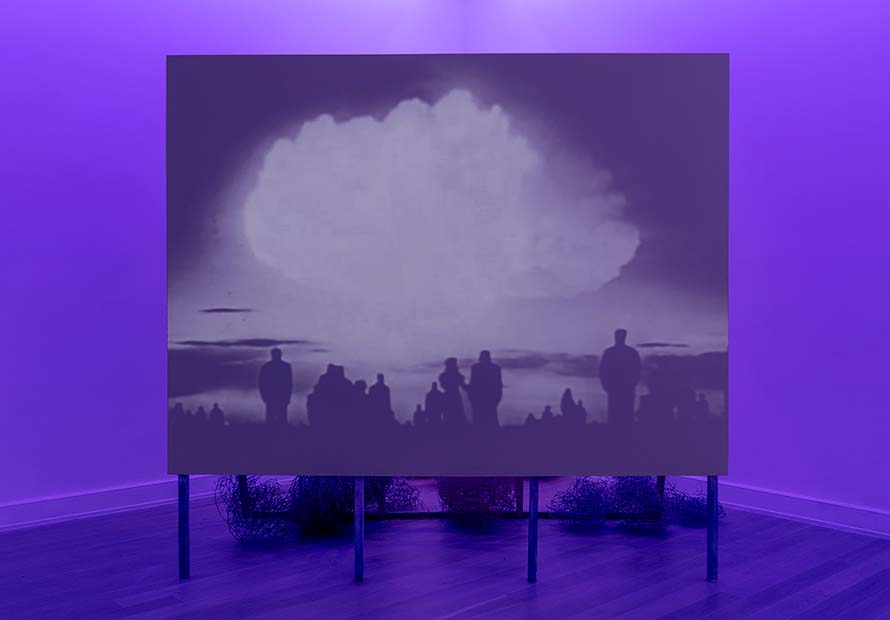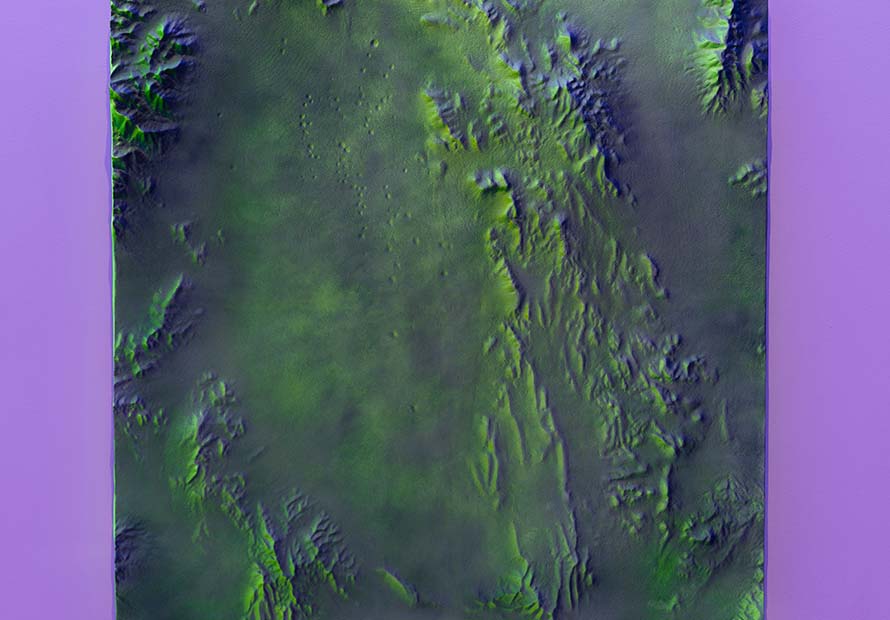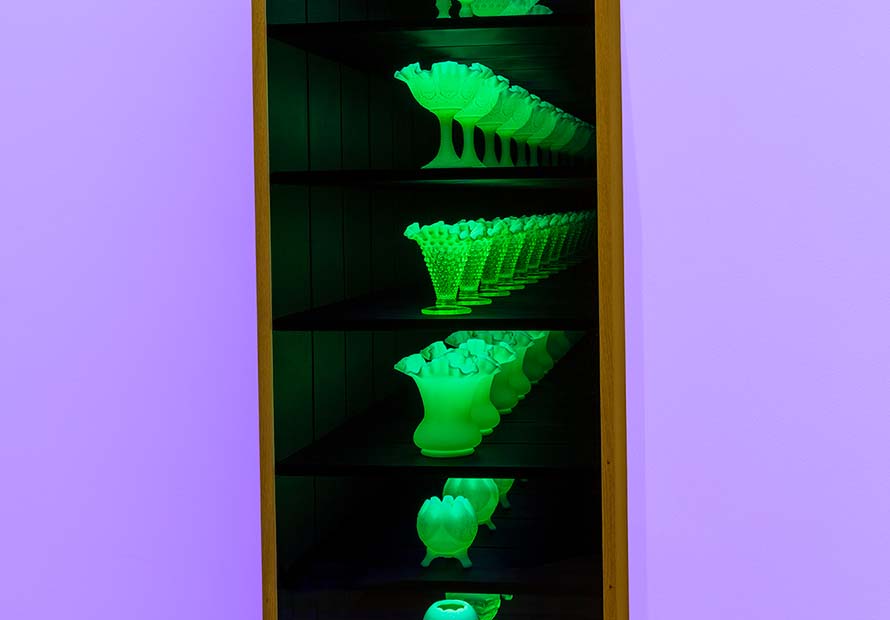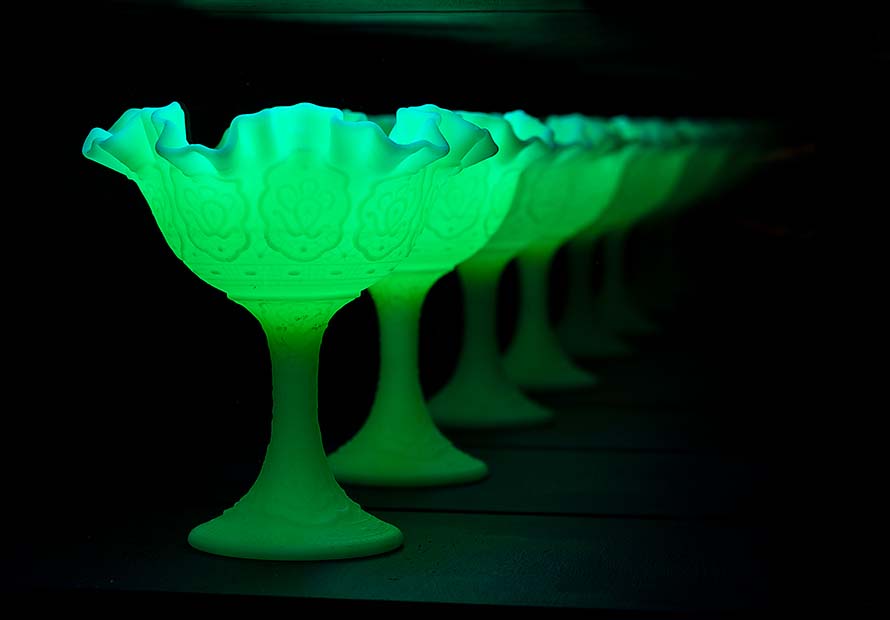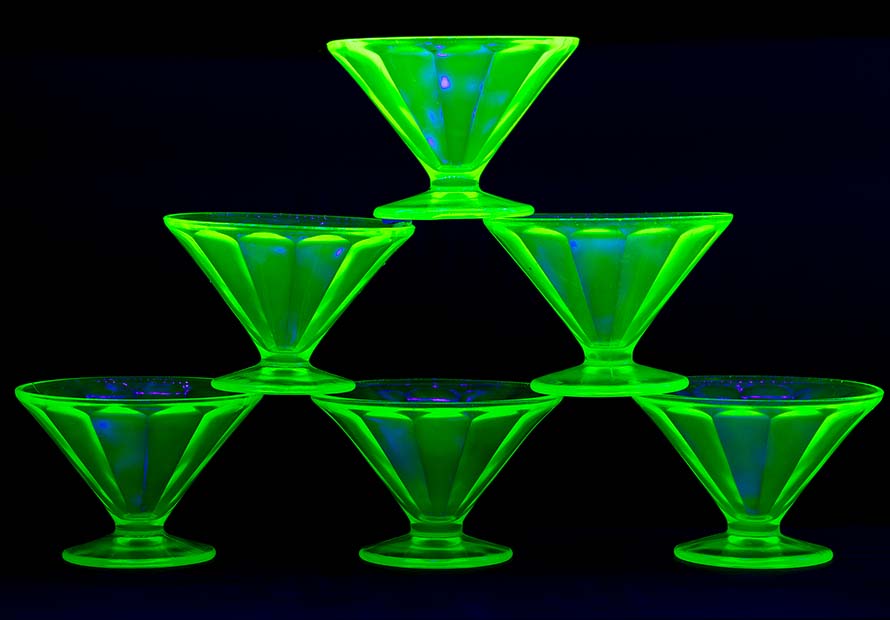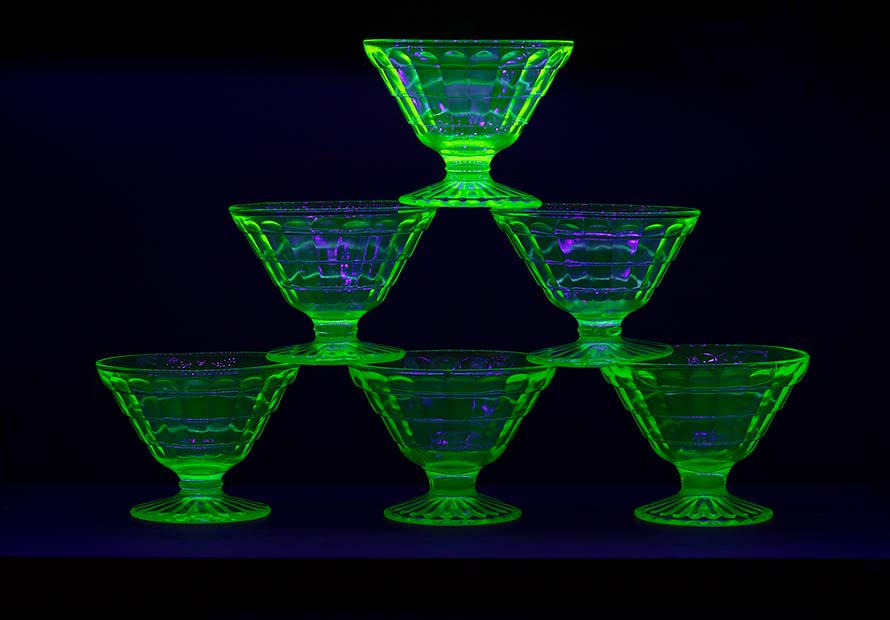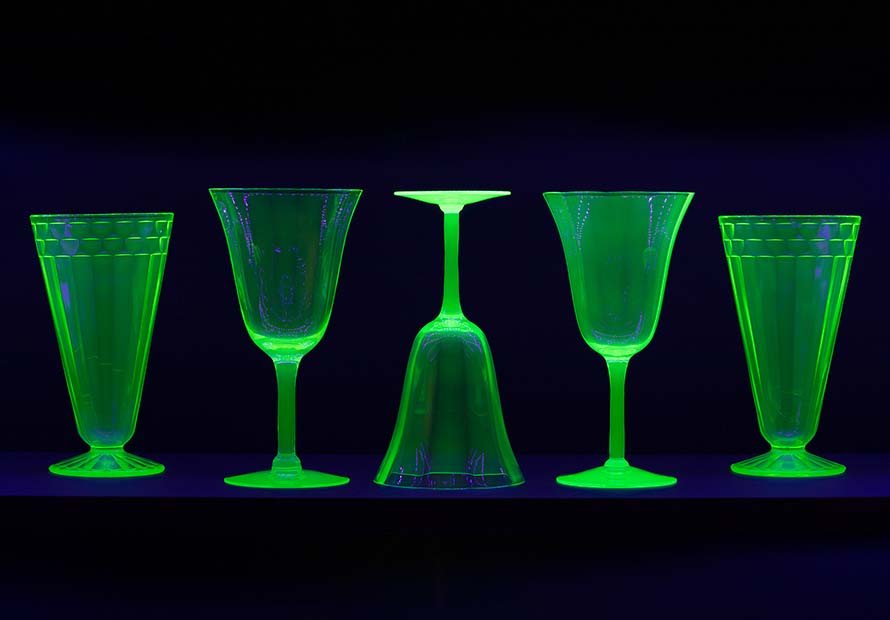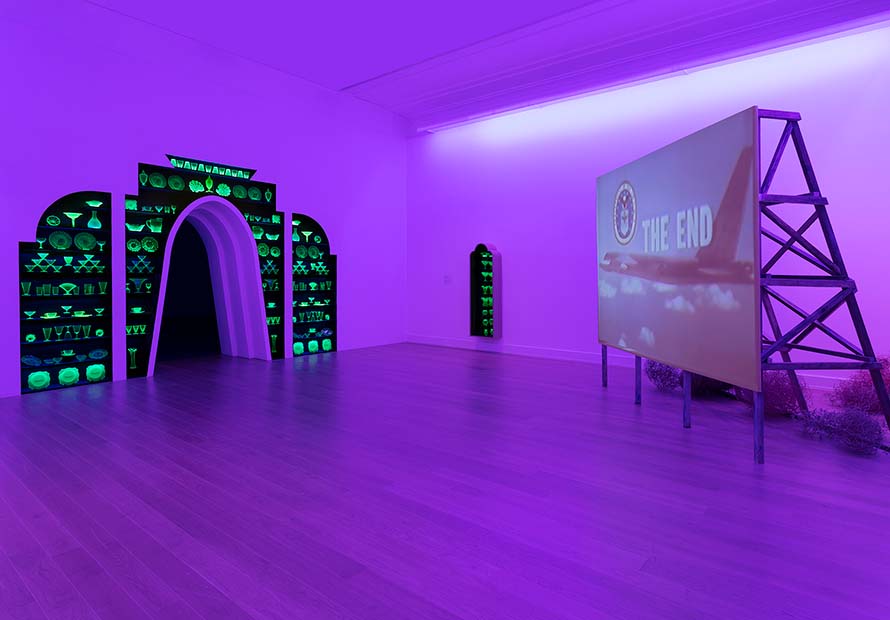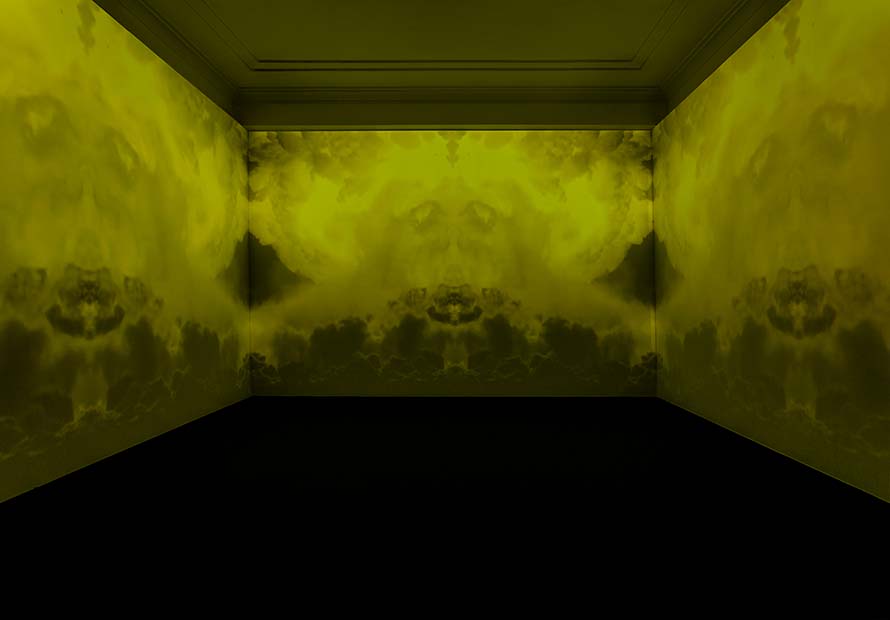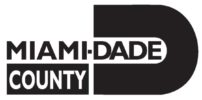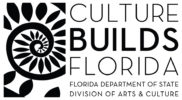CARA DESPAIN
Specter
Cara Despain’s works in film and video, sound, sculpture, photography and installation challenge American frontier psychology, addressing the persistent and problematic romanticism of land acquisition, industrialization and empire building. Through rigorous site-specific research—often studying, casting and collecting material in the field–Despain visualizes the current geological epoch by revealing the consequences human manipulation has on ecological systems and the environment.
A recent body of her work explores nuclear weapons development—including the muted history of testing and uranium mining in the American West. Using the midcentury Atomic Age as a lens to interpret the present looming threat of nuclear war, Despain reframes ready-mades and archives to underscore the irreversible consequences and to convey the latent psychic imprint and cultural memory left in the wake of weapons development and testing.
The ghostly, cinematic staging of works in Specter provides a historical context as well as a haunting reminder of the obscured history and hidden injustice buried in the legacy of the Cold War. Impacts from both domestic uranium mining and atomic weapons testing were particularly devastating in the artist’s home region of the Colorado Plateau (which encompasses parts of Utah, Navajo Nation, Colorado, Arizona and New Mexico), but they also reverberate across the entire globe to this day. Starting with the micro— her own family history, adjacent local histories and living memory — Despain threads together parallel and hidden narratives, arriving at a macro view of the literal and figurative fallout of the nation’s push for global military supremacy. It is an atmospheric monument to having irrevocably crossed the threshold into the Anthropocene, and into a nuclear age that continues to push us to an existential precipice.
In the video installation test of faith Despain mirrors clips from declassified and digitized footage of atomic bomb tests conducted at the Nevada Test Site, located a mere 65 miles from Las Vegas — and less than 150 miles from where her mother and grandmother were born and raised— taken to document the tests and collect data on the US nuclear arsenal. She presents the footage as a psychological abstraction—Rorschach Tests of the darkest type, whose splendor betrays their harm. Viewed with a layered soundtrack of the Mormon hymnal “Love One Another,” test of faith is an allusion to the appeal made by the military to many Mormon settlers in the fallout region, as well as to the country as a whole, to support the testing under the guise of a united patriotism.
Despain also presents a new series of works featuring curio cabinets containing mass-produced Depression Era consumer glass dishware and decorative objects that contain uranium oxide as a colorant. At the onset of the Manhattan Project in 1942, all uses of domestic uranium—including to tint this glass—were banned. Choosing Art Deco-style pieces and arranging them architecturally, Despain conjures the aspirations of the glittering era just before the curtain came down as well as the insidious implications uranium would go on to have. The acid green and vaseline yellow glass fluoresces in UV light, glowing a brilliant green in the lined cabinets.
“The ready-mades seen in Specter feel aspirational, fraught, fragile, beautiful, foreboding and even a little menacing or dangerous, all at once,” explains Cara Despain. “These consolidated artifacts document imperialism, colonialism, nuclearism and economy while still speaking to everyday domestic life.” She continues, “Now people love collecting it. Specter is a glimpse into the ghostly, quasi-spiritual, otherworldly, dark shared connection that quite literally radiated out from the day we first tested and continues to haunt the bodies of every living thing on the planet.”
ABOUT THE ARTIST:
Despain was born in Salt Lake City, Utah and currently lives in Miami, Florida and works between the two. She holds a BFA from the University of Utah (2006). In 2012, she was selected for the Salt Lake City Mayor’s Award in the visual arts, and in 2016 she was selected for the South Florida Consortium Fellowship. She was selected for a 2021 Harpo Foundation Award, and in 2021 she completed her first permanent public art commission for the Underline with Miami-Dade County Art in Public Places. She was also a finalist for the Creative Capital award in 2021 and participated in the fieldwork mentorship program with Southeast Arts and Fieldscreen International which was supported by a grant from the Australian Government Department of Foreign Affairs and Trade under the Australian Cultural Diplomacy Grant Program. Her work is included in the Rubell Family Collection and the Scholl Collection, as well as the State of Utah, Salt Lake County, and Miami-Dade County and Miami International Airport art collections.
